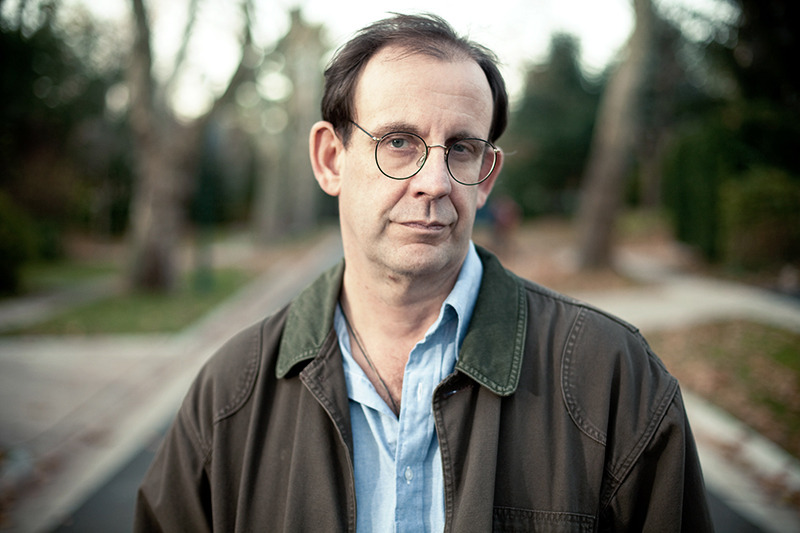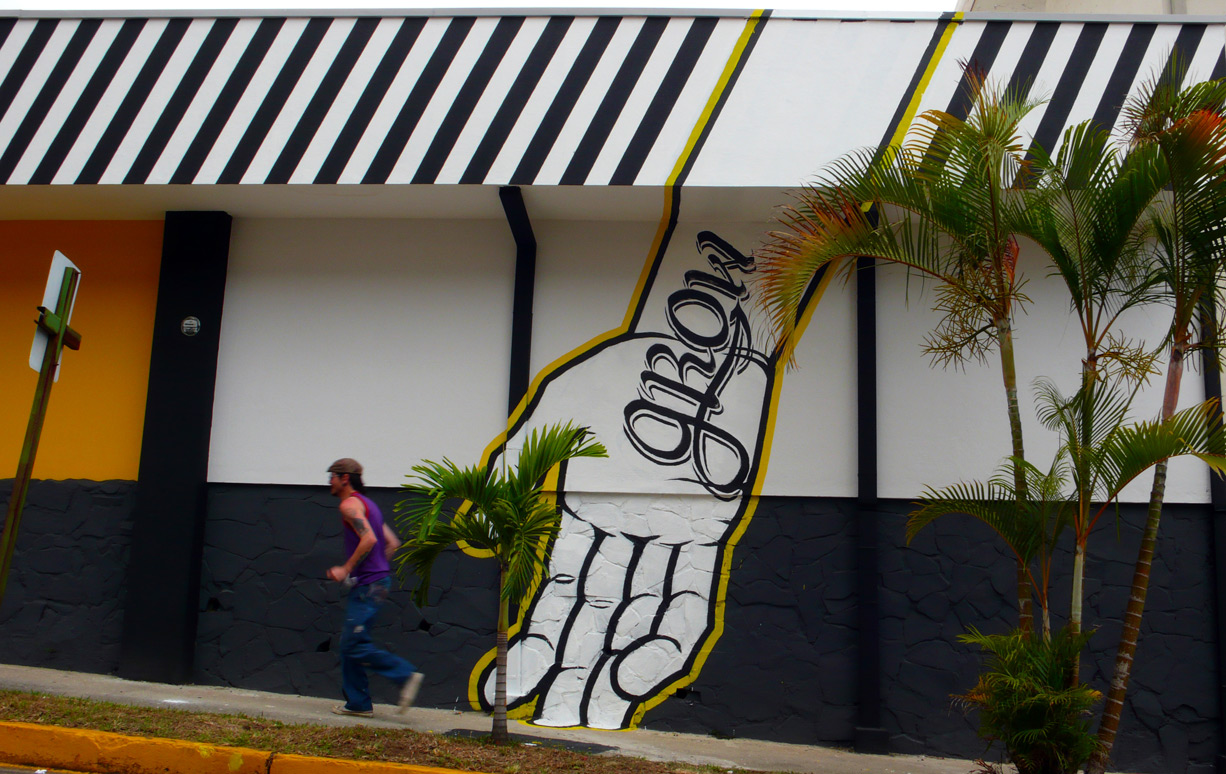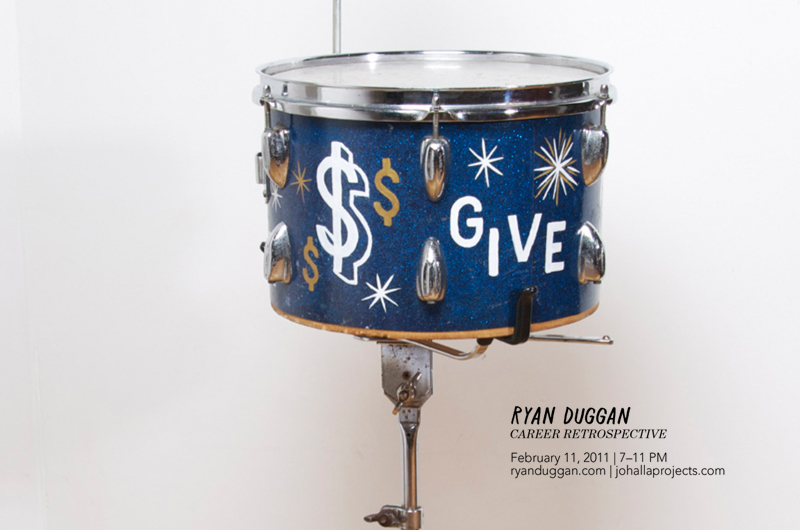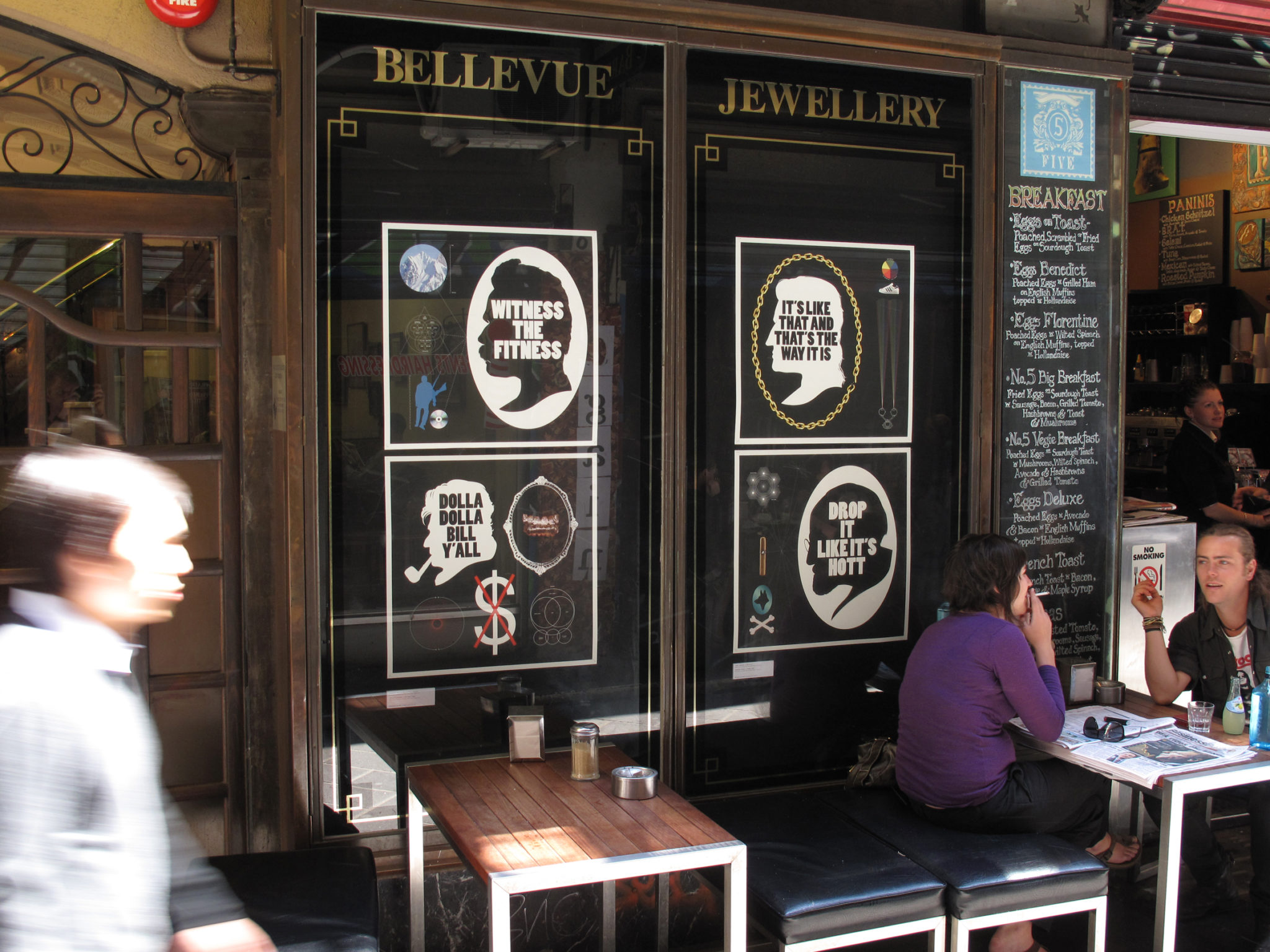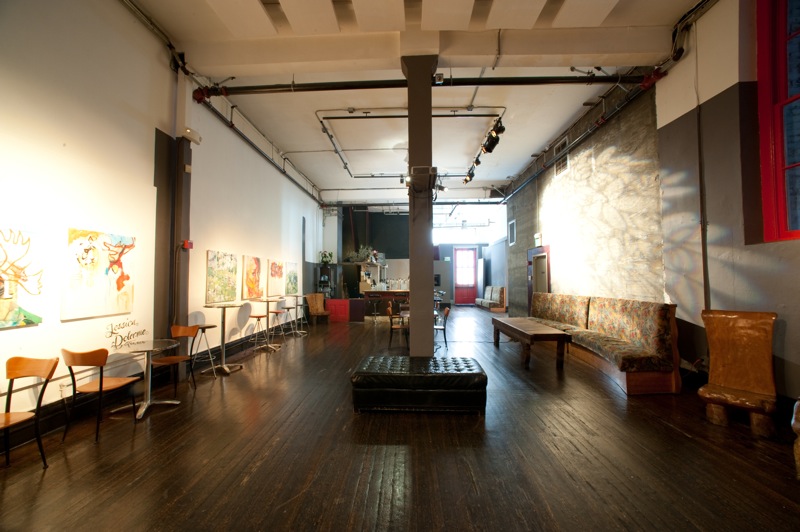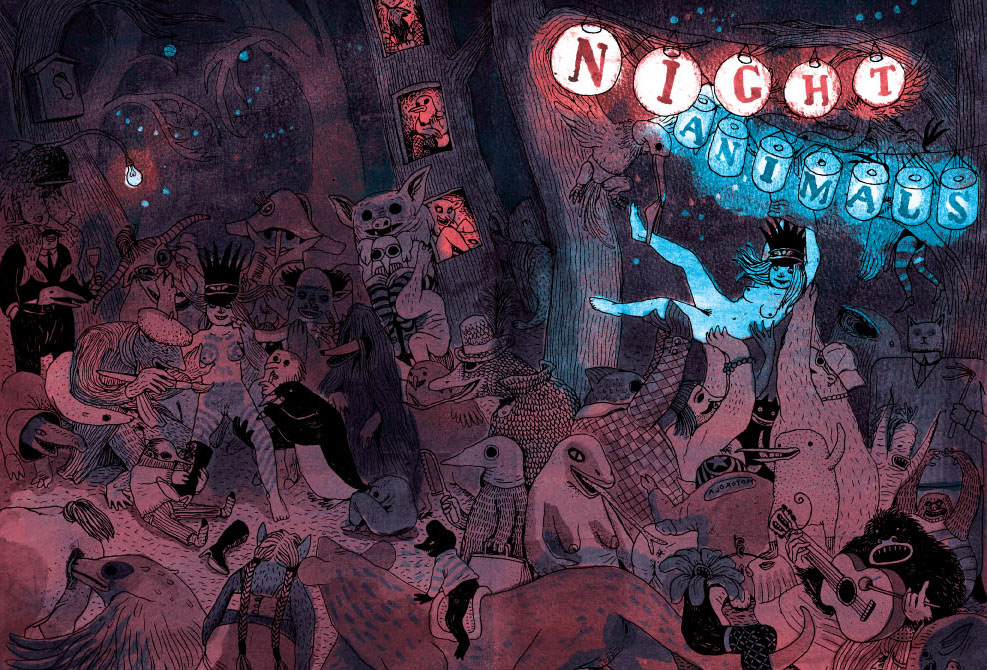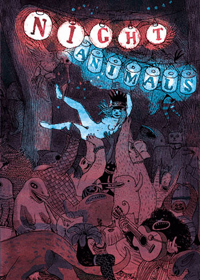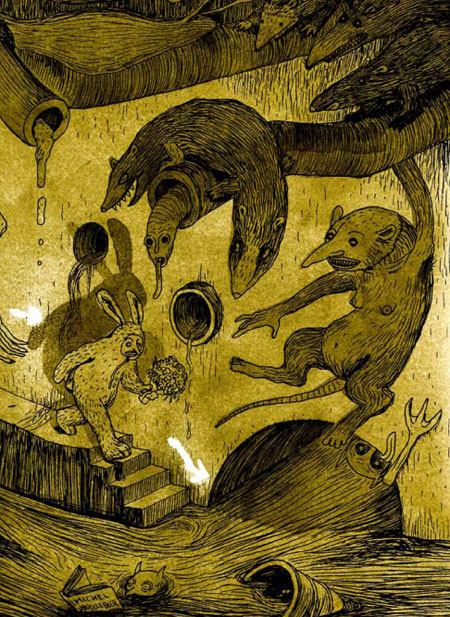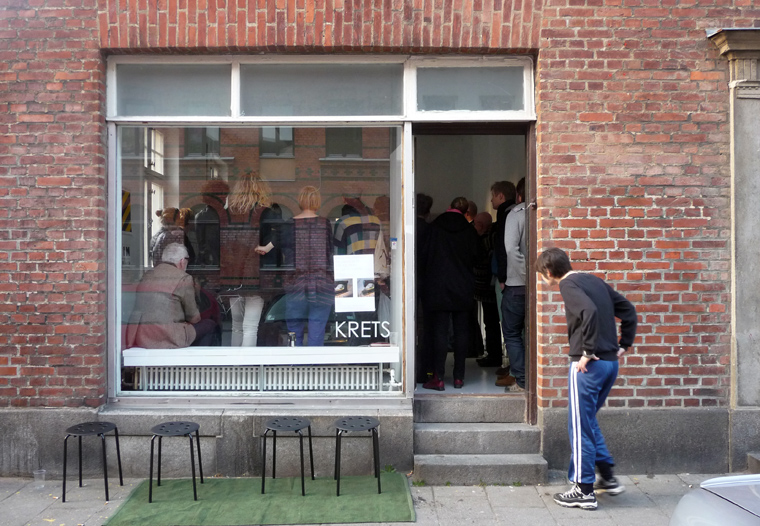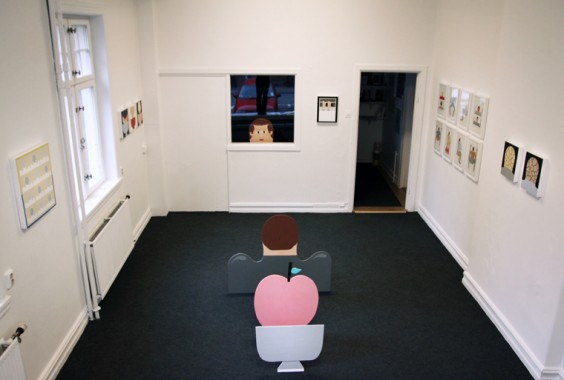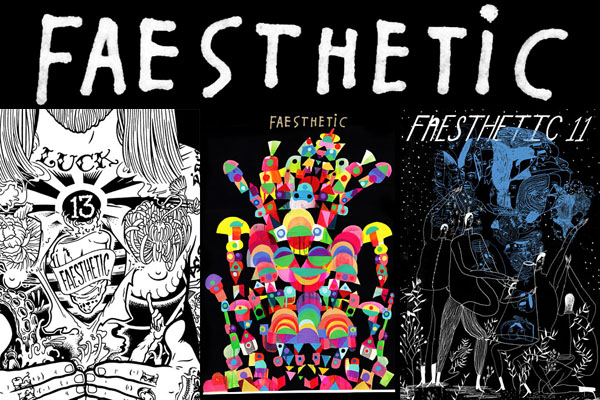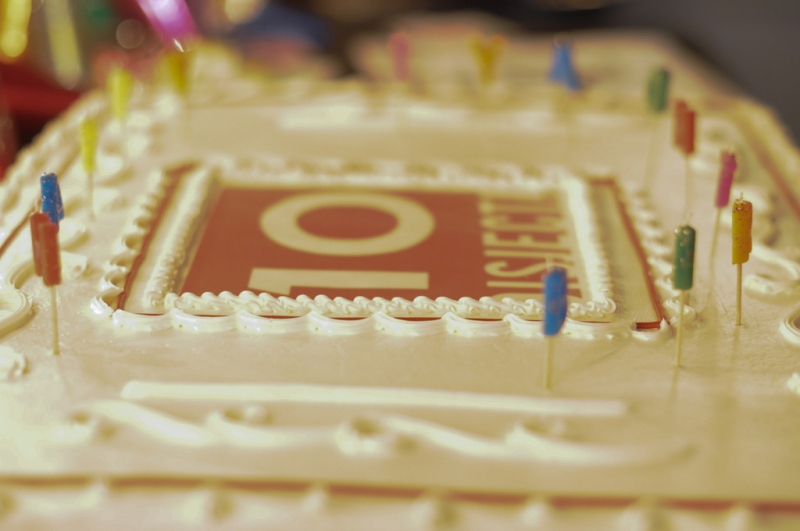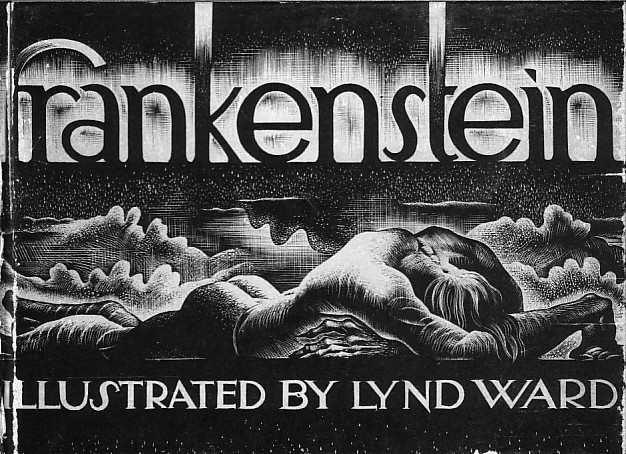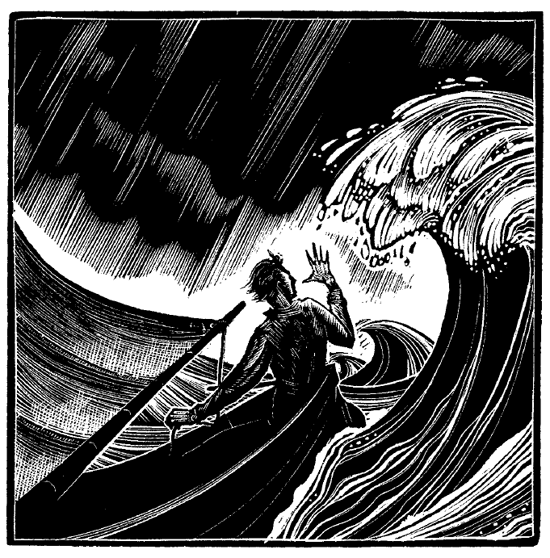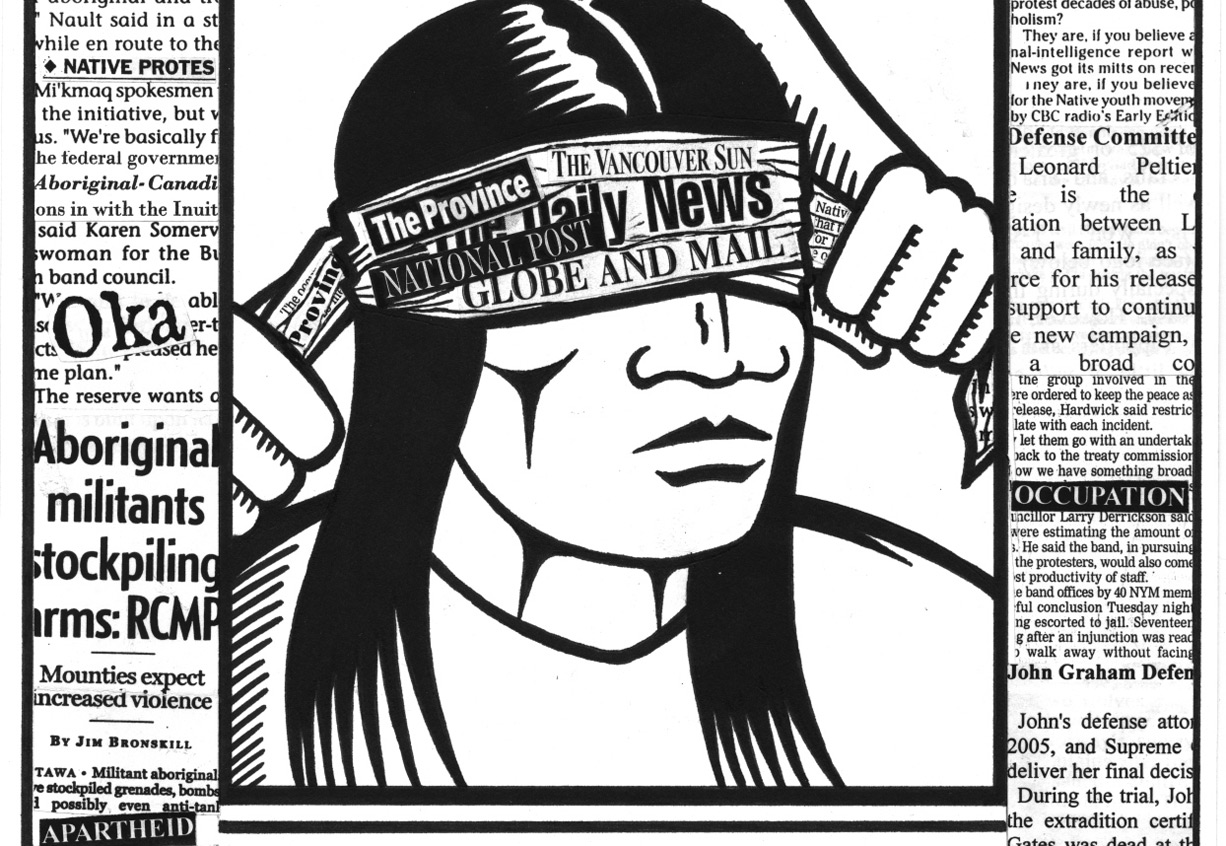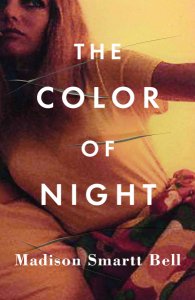 Madison Smartt Bell: The Color of Night (Vintage, 4/15/11)
Madison Smartt Bell: The Color of Night (Vintage, 4/15/11)
The term “revelry” has fallen out into disuse. When you hear it, you think of the Marquis de Sade or Dorian Gray, of a debauched immersion of oneself in the darker yet still pleasurable parts of life, but rarely of something immediate to your own life.
In Madison Smartt Bell’s new novel, The Color of Night, we are made to feel just how current the word still is. When we consider the American public’s obsession with fear, violence, anarchy, and the excessive attention that the news media gives to all of these topics, it’s unsurprising that Bell’s story of revelry rings as true and cuts as deep as it does.
The Color of Night tells the story of Mae, a blackjack dealer in Nevada who develops a strong and immediate obsession with the events of 9/11. She tapes the images of the chaos and blood from news programs (already repeated ad nauseum by the media itself) and, between working at a dead-end job and wandering the desert at night, revels in the endless replaying of so much suffering — for, as Mae tells us, it’s only natural to try and pass your own suffering onto someone else.

